While most of the buzz surrounding Apple Pay is focused on its use in person at retail, the most popular application this holiday season may be in securely authorizing online purchases, a new study shows.
A new analysis published Tuesday by the Adobe Digital Index found that the so-called "conversion rate" of online purchases is much higher when Internet-based storefronts accept digital wallet payment options. Specifically, customers are 10 percent more likely to purchase the items in their cart if a digital wallet payment option is available.
With last month's launch of Apple Pay, users can now securely pay for a transaction with their existing credit cards using just their fingerprint, provided the purchase is made through an iOS app that has been updated with Apple Pay support. Apps that support Internet-based Apple Pay purchases include Apple Store, OpenTable, Disney Store, and Target.
Adobe found that digital wallet purchases are most common on smartphones, where 23 percent of online transactions use an alternative payment method. That compares to 16 percent of digital wallet purchases on desktops, and 19 percent on tablets.
The data has led Adobe Digital Index to declare that online retailers who support mobile wallet capabilities, such as Apple Pay, Google Wallet, PayPal or Amazon Payments, will "win this holiday season." And in particular, ADI believes that Apple Pay will become the default alternative payment method for Apple device users, helping digital wallets become even more commonplace.
"Most retailers are initially excited about Apple Pay's implications for the in-store environment," said Tamara Gaffney, principal analyst at ADI. "In-store adoption of payment technology, however, typically takes longer because it means new systems at the store. So, as Apple Pay becomes more ubiquitous, its first win could very well be online."
Apple Pay for online purchases is currently available with the iPhone 6, iPhone 6 Plus, iPad Air 2, and iPad mini 3.
The latest data from ADI is also the latest to show that iOS device users are more active and engaged than those on Android. Its data based on more than 700 million app sessions shows that Apple's iOS represents 65 percent of app launches, compared to just 34 percent for Android.
In addition, iOS device users average twice as long in an app as the average Android user.
 Neil Hughes
Neil Hughes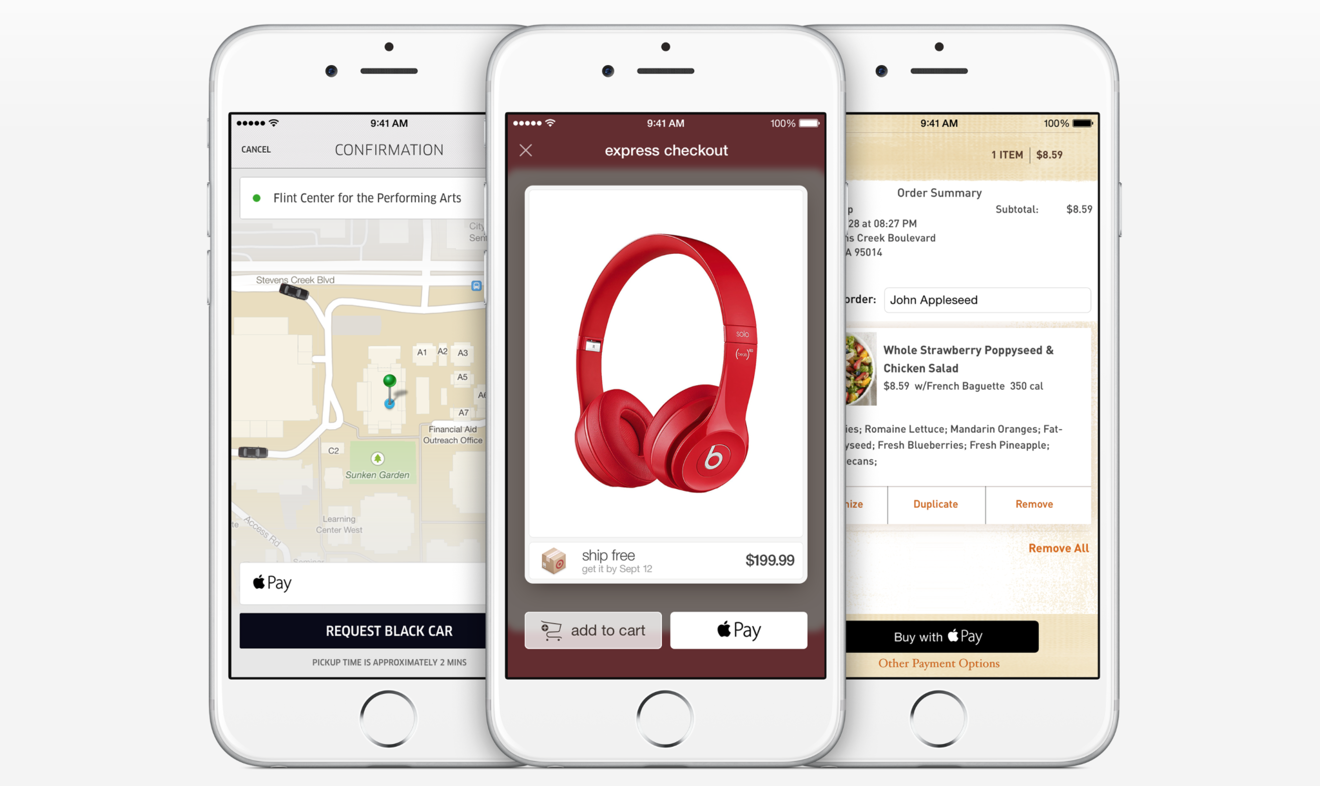
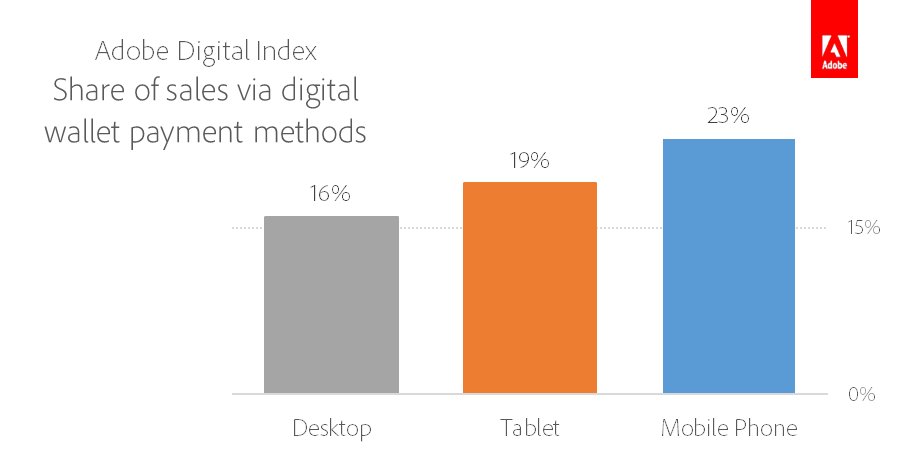
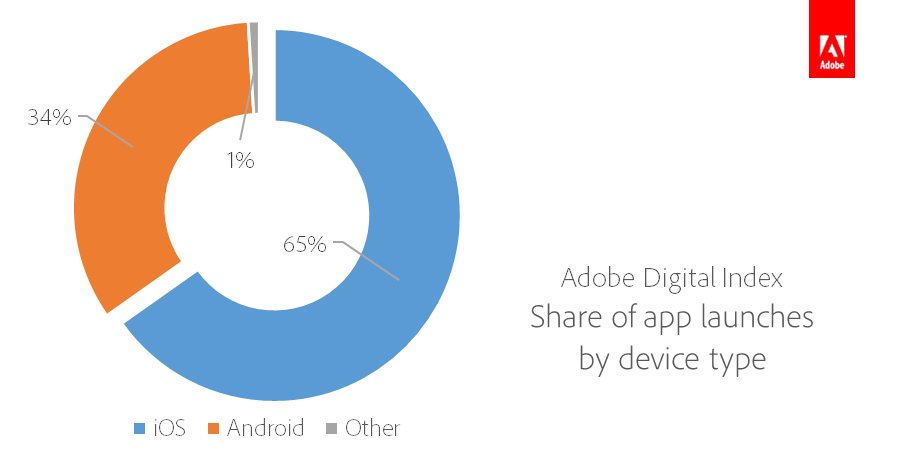







-m.jpg)






 Malcolm Owen
Malcolm Owen
 Amber Neely
Amber Neely


 Christine McKee
Christine McKee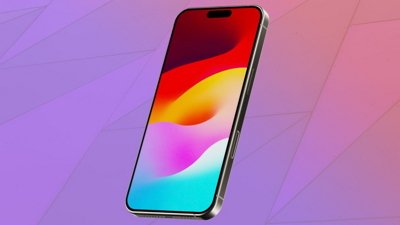

 Chip Loder
Chip Loder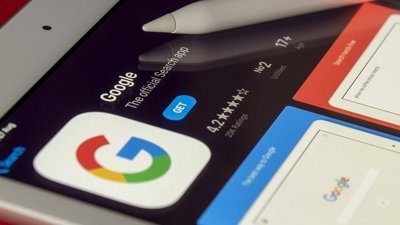
 Marko Zivkovic
Marko Zivkovic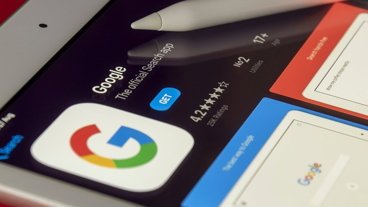
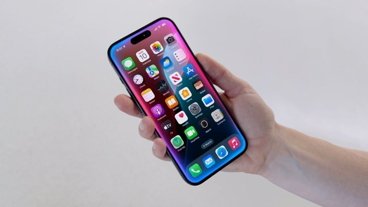
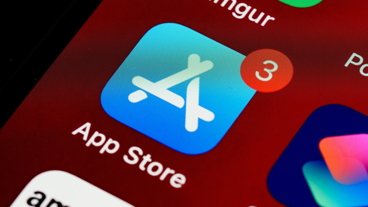







38 Comments
If I can push 1 button to skip the entire data entry process, that would be a strong incentive to pick that option. Not sure if Apple Pay has that but they should allow an online store to get your address, name, and pay all without having to fill in everything. That's the most annoying part of ordering online, all that data entry.
If I can push 1 button to skip the entire data entry process, that would be a strong incentive to pick that option. Not sure if Apple Pay has that but they should allow an online store to get your address, name, and pay all without having to fill in everything. That's the most annoying part of ordering online, all that data entry.
You just summed up ApplePay.
If I can push 1 button to skip the entire data entry process, that would be a strong incentive to pick that option. Not sure if Apple Pay has that but they should allow an online store to get your address, name, and pay all without having to fill in everything. That's the most annoying part of ordering online, all that data entry.
Have you tried turning on Safari's Autofill preferences? I just use it for logons and passwords but you can have it fill from Contacts and credit cards you've saved. I haven't looked to see how ApplePay works online to see how much comes from your identified credit card.
It occurs to me that Apple somehow needs to find a laptop/desktop solution as well, for more widespread online adoption of ApplePay. Not exactly sure of the numbers, but I have to believe that non-mobile purchases still account for a vast majority of online shopping. Some type of fingerprint reader hardware, perhaps? $29.99? Hello, Apple?
Is there a solution for the ApplePay experience through Safari? Seems like stove-piping the shopping experience through specific store apps is pretty limiting.